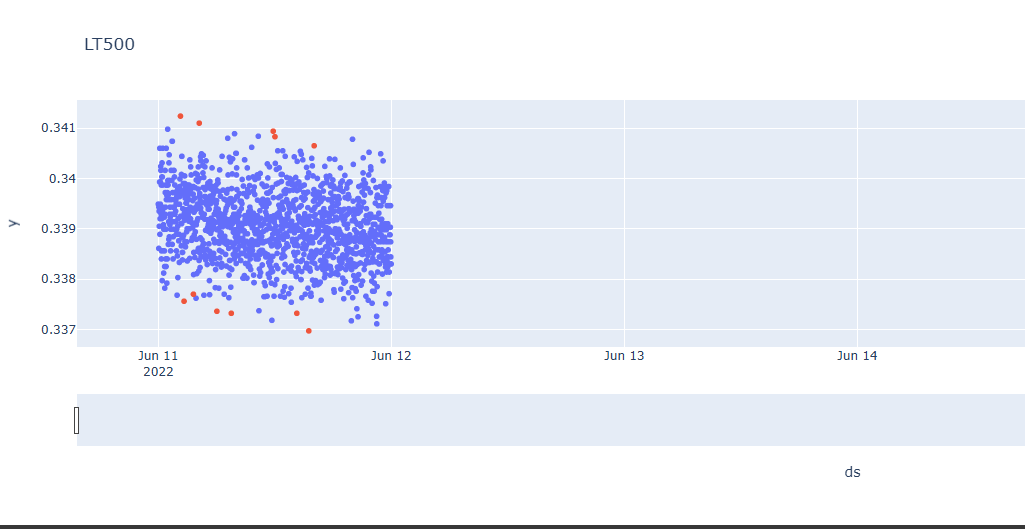Anomaly Detection in Multivariate Time-Series Data using GANs
Published:
By analyzing digital forensic traces, the model ensured safe packet delivery across firewalls, achieving a 41% improvement over baseline results.
Key insights from anomaly detection research highlighted that perceiving anomalies solely as deviations oversimplifies the complex interactions within a sensor network. Given the unsupervised nature of the problem, I employed probabilistic clustering to distinguish normal patterns from anomalous ones, allowing for a more intuitive and scalable detection approach.
Methodology:
Model: Implemented MAD-GAN (Multivariate Anomaly Detection with GANs) to learn temporal dependencies and detect anomalies. Datasets: Secure Water Treatment (SWaT) and Water Distribution (WADI) testbeds. Evaluation: Prioritized recall over precision, using F1-score and anomaly overlap comparison as evaluation metrics. Results: Validated the model’s effectiveness by introducing controlled anomalies and comparing detection performance across different models. This work contributes to improving the resilience of critical infrastructure by proactively identifying cyber-physical threats in industrial control systems.

